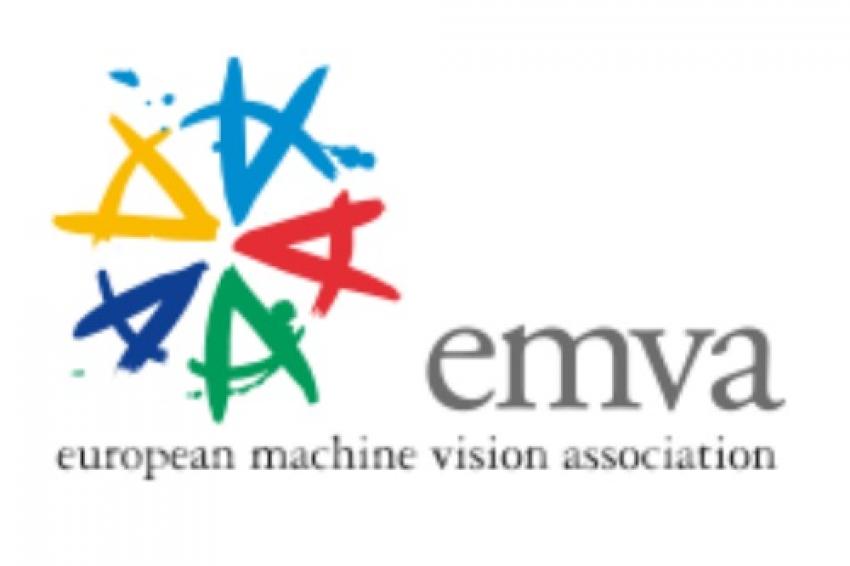The Standard EMVA 1288 for Camera Characterization: Update on Current Developments
18.12.2019 -
Since 2005, the EMVA 1288 has enabled machine builders and manufacturing companies to quickly and easily find the right camera solution for their own applications. Since it was launched around 15 years ago, however, the standard has gradually evolved. And further extensions are currently under development.
Choosing the suitable camera for a given machine vision application often proves to be a challenging task. This is where the EMVA 1288 Standard comes in. It creates transparency by defining reliable and exact measurement procedures as well as data presentation guidelines and makes the comparison of cameras and image sensors much easier. In addition, the standard has become an indispensable tool for the development departments of camera manufactures and the quality control in the camera production.
The standard is elaborated by a consortium of the industry leading sensor and camera manufacturers, and distributors. Work on the 1288 standard started in 2004. Version 1 for monochrome cameras was released in August 2005. Release 3.1 came into effect on December 30, 2016 and introduced a standardized summary datasheet for easy camera comparison.
Certification and Education on Two Levels
Given the growing importance of the standard, the EMVA has started to offer certification on two levels: User level ensures that the holder understands the important parameters of a vision application and has a basic knowledge about imaging systems so that he can use the EMVA 1288 datasheet for camera comparison and selection. The required level of knowledge is covered by the set of four webinars which are available online with free access: www. viewservice.de/emva-webinar Target groups are marketing and sales people and application engineers. The first certification tests on this level will take place during the Control and Vision Fairs in 2020.
Expert level ensures that the holder has acquired all knowledge to perform EMVA 1288 measurements and that he can interpret the measuring results correctly. Target groups are engineers involved in camera development and/or testing. The required level of knowledge is taught in two-day hands-on courses, currently offered by two companies.
“EMVA 1288 General” Complements “EMVA 1288 Linear”
In order to cope with the rapid progression of image sensors, the EMVA 1288 standardization group currently works on significant extensions of the standard. The current linear camera model with no preprocessing of image data is no longer sufficient for a growing number of cameras. Therefore besides the still valid EMVA 1288 approach for linear cameras, “EMVA 1288 linear”, the second more general approach named “EMVA 1288 general” will be established, which no longer relies on a linear camera model, but applies a really black box approach with photons in and digital data out. The interesting aspect of this approach is that still the same measurements are performed, namely an illumination series from the dark to saturation measuring the input signal (number of photons hitting the pixel during the exposure time). Consequently, even previously performed measurements are not useless, but can now also be processed with the new approach. Since both the mean and the standard deviation of the digital output signal are measured, the output signal-to-noise ratio (SNRout) is directly measured. For a non-linear system this is not equal to the important input SNR, which describes the temporal noise of the irradiance measurement. The input SNR can however be computed using the local slope of the characteristic curve. With this no-model approach, the photon transfer curve is no longer required, but still all relevant EMVA 1288 parameters can be computed. Further extensions include a more detailed characterization of the dark current, an enlargement of the wavelength range from the deep UV to SWIR and various types of multimodal image sensors, were also user-relevant information computed from several channel must be characterized. Important examples are the degree of polarization and polarization angle computed from a polarization image sensors and multispectral images. Remaining challenges are still eventbased image sensors and the wide range of 3D imaging.
Contact
EMVA European Machine Vision Association
Gran Via de Carles III, 84 (3rd floor)
08028 Barcelona
Spain
+34 93 220 7201
+34 93 220 7201







